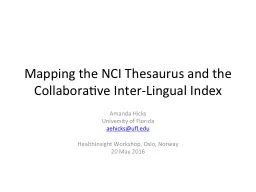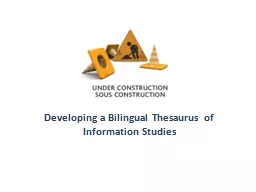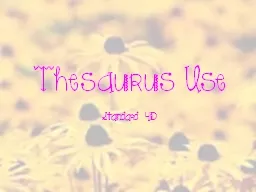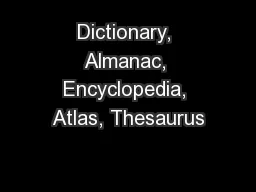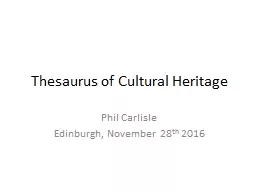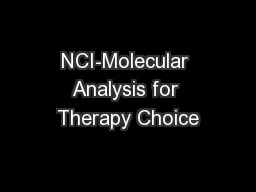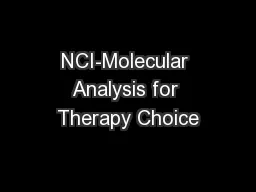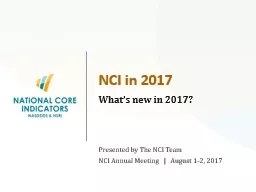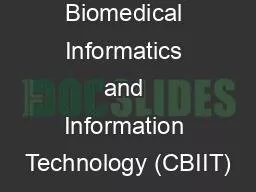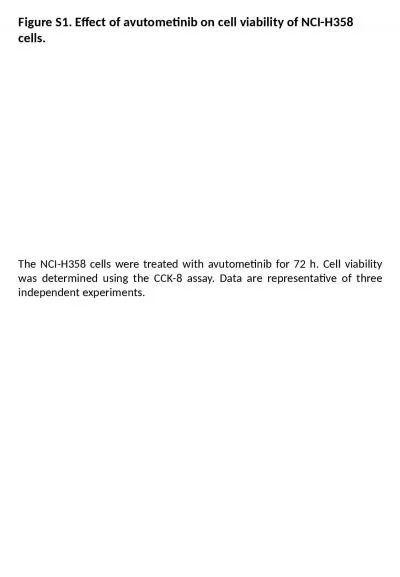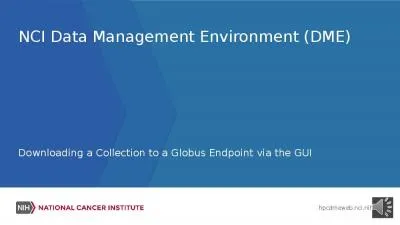PPT-Mapping the NCI Thesaurus and the Collaborative Inter-Lingu
Author : liane-varnes | Published Date : 2017-05-08
Amanda Hicks University of Florida aehicksufledu HealthInsight Workshop Oslo Norway 20 May 2016 Overview Ontologies versus w ordnets InterLingual Index Future
Presentation Embed Code
Download Presentation
Download Presentation The PPT/PDF document "Mapping the NCI Thesaurus and the Collab..." is the property of its rightful owner. Permission is granted to download and print the materials on this website for personal, non-commercial use only, and to display it on your personal computer provided you do not modify the materials and that you retain all copyright notices contained in the materials. By downloading content from our website, you accept the terms of this agreement.
Mapping the NCI Thesaurus and the Collaborative Inter-Lingu: Transcript
Download Rules Of Document
"Mapping the NCI Thesaurus and the Collaborative Inter-Lingu"The content belongs to its owner. You may download and print it for personal use, without modification, and keep all copyright notices. By downloading, you agree to these terms.
Related Documents

